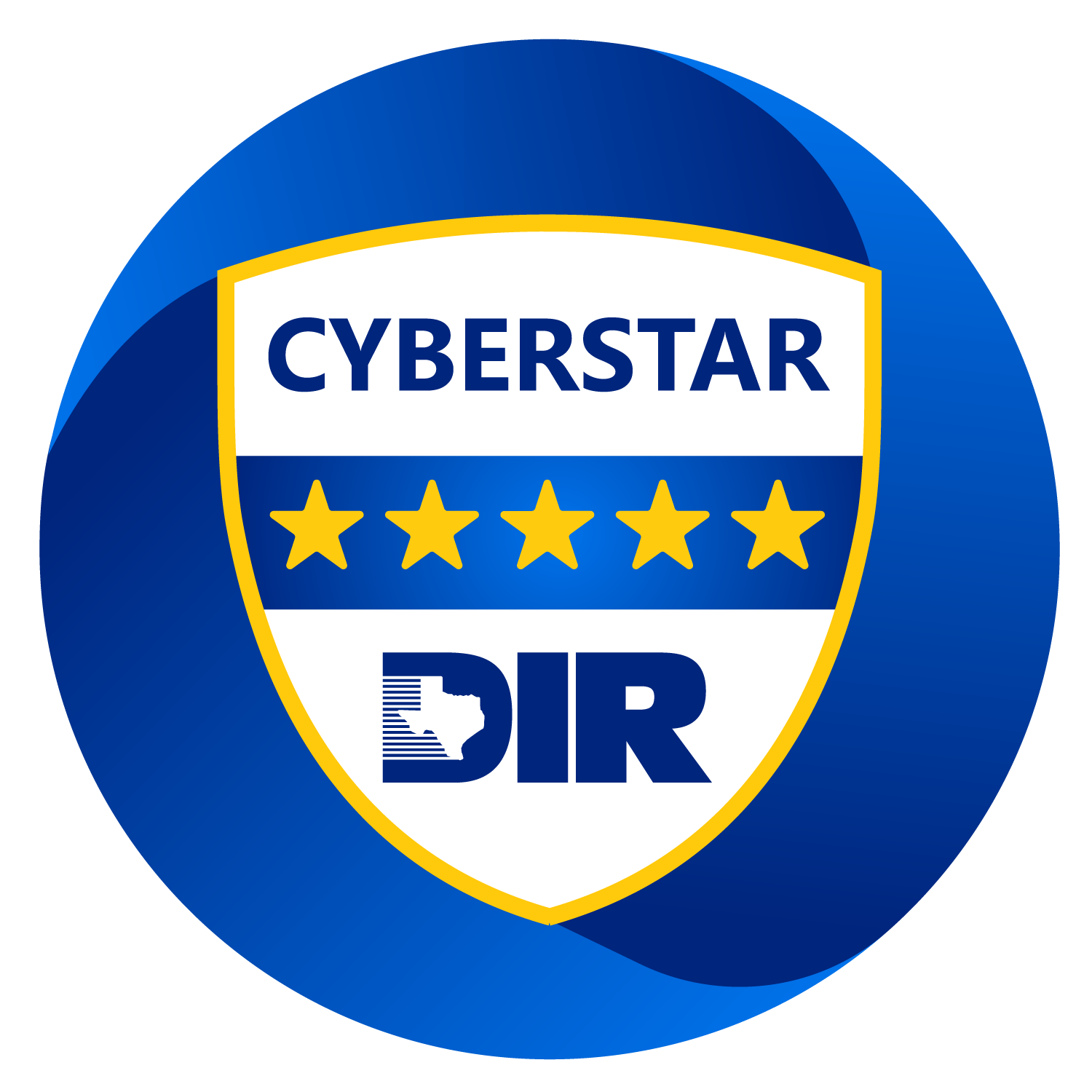Malware represents one of the most insidious threats to an organization’s daily operations. This malicious software is engineered with a singular purpose: to infiltrate, disrupt, and wreak havoc on computer systems and networks. From stealthy spyware that monitors your every action to devastating ransomware that holds your data for ransom, each type of malware presents unique challenges and requires specific strategies for mitigation. As cyber defenses grow more sophisticated, the tactics of cybercriminals evolve in complexity and creativity. Understanding these digital adversaries is essential for safeguarding your enterprise’s network and sensitive data.
What is Malware?
Malware refers to software designed to disrupt, damage, or gain unauthorized access to computer systems. It can steal, encrypt, delete data, or manipulate network connections. Malware spreads in numerous ways, including through email attachments, downloads from the internet, or vulnerabilities in software and networks. Here are ten common types of malware:
Viruses
A virus is a type of malware that, once executed, replicates by modifying other computer programs and inserting its own code. When these infected programs are run, the virus is also executed. Viruses can steal data, harm host systems, and create botnets. They often spread through email attachments or downloads and require some form of user interaction to initiate. Common examples include email-borne viruses that spread by enticing users to open infected attachments.
Worms
Worms are similar to viruses in their self-replicating nature but differ because they can propagate without human interaction. They exploit vulnerabilities in operating systems or software to spread across networks. Worms can cause significant harm by consuming bandwidth, deleting files, or emailing documents from the user’s account. Widespread network worms often exploit security loopholes to spread autonomously.
Ransomware
Ransomware is malicious software that encrypts a victim’s data and demands payment in exchange for the decryption key. This type of malware can enter systems through phishing emails or security vulnerabilities and often threatens to delete the encrypted data if the ransom is not paid within a set timeframe. Examples include locker ransomware and extorsionware. Victims of locker ransomware are locked out of their devices. With extortionware, bad actors steal data and threaten to publish it unless they receive a ransom, making backed-up data a less effective defense.
Trojan Horses
Trojan horses, or Trojans, are deceptive software that appears legitimate but, when executed, perform hidden, malicious functions. Trojans do not replicate themselves like viruses or worms. They may steal information, install more malware, or open a backdoor for attackers to control the infected computer. Typical Trojans might disguise themselves as free software or games.
Fileless Malware
Fileless malware operates without creating new files on the hard drive, instead residing in a computer’s memory. It exploits applications or scripts that are meant to be trustworthy, avoiding detection by traditional antivirus software. This type of malware can be particularly challenging to detect and remove. Commonly, it uses legitimate scripting tools like Windows Management Infrastructure (WMI) to execute malicious activities.
Wiper Malware
Wiper malware is designed to delete data and files from the infected computer. Its purpose is often to destroy data permanently, rendering the computer systems inoperable. Wiper attacks can be politically motivated or aimed at covering other criminal activities. This type might be used in cyber warfare to target critical infrastructure.
Keyloggers
Keyloggers are designed to record keystrokes on a computer to steal sensitive information such as passwords, financial information, and personal data. They can be hardware-based or software-based, with the latter being hidden in malicious downloads or websites. Often used in identity theft schemes, they track user inputs to steal credentials.
Bots/Botnets
Bots are self-replicating software applications that multiply on various devices. Malicious bots can take over multiple computers to form a botnet, which can be used to launch large-scale attacks such as Distributed Denial of Service (DDoS). Botnets are often rented out to other cybercriminals for various purposes.
Rootkits
Rootkits are designed to gain unauthorized root or administrative access to a computer, often while hiding their presence. Once installed, rootkits can modify software and hide malware, making detection and removal difficult. They can be installed via phishing attacks or by exploiting system vulnerabilities. Rootkits typically hide deep within the system to elude detection while providing persistent access. They can actually deactivate cybersecurity defenses like antivirus software!
Spyware
Spyware is malware designed to gather information about a person or organization without their knowledge. It can monitor user activity, collect keystrokes, access files, and gather data about internet usage habits. Spyware is often hidden in seemingly harmless software downloads. Commonly installed without user consent, it might track and send user activity to cybercriminals.
Prevent Malware Attacks with Cynergy Technology!
With over forty-two years of experience, Cynergy Technology is a leading provider of network security solutions. We leverage state-of-the-art tools and techniques to enhance your organization’s cybersecurity posture. Whether you need malware analysis, penetration testing, or security engineering, Cynergy can tailor solutions to fit your enterprise’s unique cybersecurity needs. If you want to learn more about our innovative network security solutions, contact us for a free consultation today!







